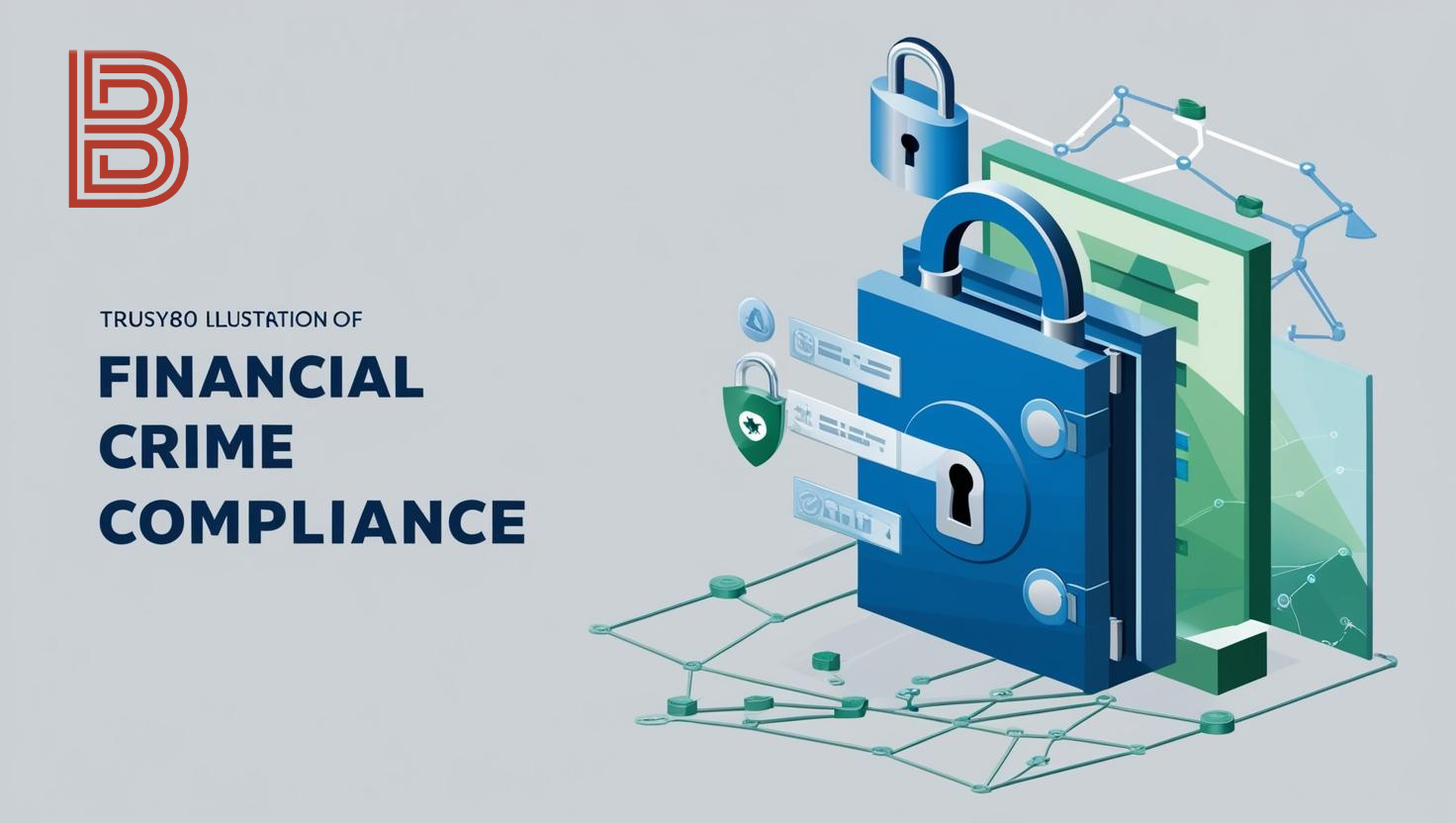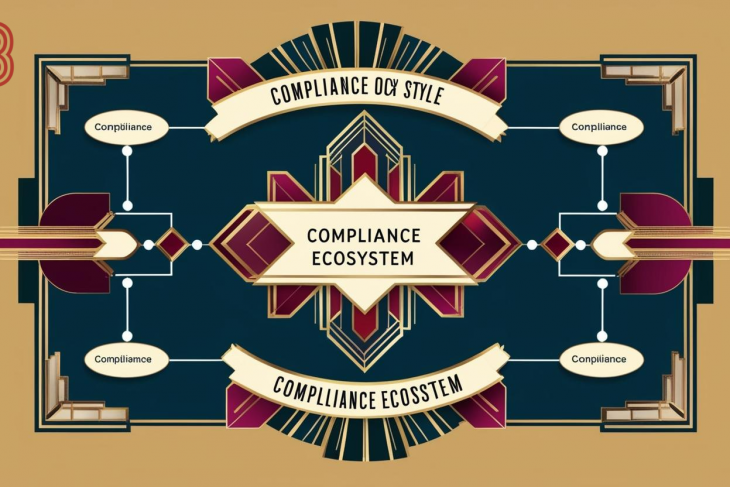
Introduction
Financial crime compliance (FCC) is a critical component of risk management in the banking sector. With the increasing sophistication of financial crimes, banks must implement stringent compliance frameworks to prevent money laundering, fraud, terrorist financing, and other illicit activities. This document explores the role of financial crime compliance in banking, its importance in risk management, regulatory frameworks, challenges, and best practices to mitigate risks.
Understanding Financial Crime in Banking
Financial crime encompasses various illegal activities that exploit financial systems for personal or organizational gain. The primary categories of financial crime include:
Money Laundering – The process of disguising the origins of illicitly obtained funds.
Fraud – Deceptive practices to gain financial advantage, such as identity theft and credit card fraud.
Terrorist Financing – The funding of terrorist organizations through legal and illegal means.
Bribery and Corruption – The abuse of power for financial or personal benefit.
Sanctions Violations – Breaching economic sanctions imposed by regulatory bodies.
Insider Trading – Using non-public information for financial gain.
The Importance of Financial Crime Compliance in Risk Management
Banks play a pivotal role in detecting and preventing financial crimes. Failing to comply with financial crime regulations can result in severe legal, financial, and reputational damage. Effective FCC strategies help banks:
Prevent financial crimes before they occur.
Comply with national and international regulations.
Safeguard customer trust and reputation.
Avoid substantial fines and penalties from regulatory authorities.
Enhance operational efficiency by minimizing risks.
Regulatory Frameworks and Compliance Requirements
To combat financial crime, various national and international regulatory bodies enforce stringent compliance frameworks. Some of the most prominent regulatory frameworks include:
1. Anti-Money Laundering (AML) Regulations
AML laws require banks to implement systems that detect and prevent money laundering activities. Key regulations include:
Bank Secrecy Act (BSA) – USA
Fourth and Fifth Anti-Money Laundering Directives (AMLD) – EU
Financial Action Task Force (FATF) Recommendations – Global
Proceeds of Crime Act (POCA) – UK
2. Know Your Customer (KYC) Requirements
KYC regulations ensure banks verify the identity of customers to prevent fraudulent activities. This includes:
Customer Due Diligence (CDD)
Enhanced Due Diligence (EDD) for high-risk clients
Continuous monitoring of customer transactions
3. Counter-Terrorist Financing (CTF) Regulations
Banks must implement measures to detect and prevent the financing of terrorist activities, as mandated by:
USA PATRIOT Act
United Nations Security Council Resolutions (UNSCRs)
Financial Action Task Force (FATF) Recommendations
4. Sanctions Compliance
Banks are required to comply with economic and trade sanctions imposed by organizations such as:
Office of Foreign Assets Control (OFAC) – USA
United Nations (UN) Sanctions
European Union (EU) Sanctions
5. Fraud Prevention Regulations
Regulations require financial institutions to detect and prevent fraudulent activities. Notable frameworks include:
General Data Protection Regulation (GDPR) – EU (for data protection and fraud prevention)
Federal Trade Commission (FTC) – USA
Fraud Act – UK
Challenges in Financial Crime Compliance
Despite regulatory efforts, banks face several challenges in financial crime compliance:
1. Rapidly Evolving Financial Crimes
Criminals continuously adapt to new compliance measures, using technology and innovative methods to bypass security frameworks.
2. High Costs of Compliance
Maintaining an effective FCC program requires substantial investment in technology, staff training, and legal expertise.
3. Regulatory Complexity
Banks operate in multiple jurisdictions, each with different regulatory requirements, making compliance a complex process.
4. Data Privacy and Security Issues
Strict data protection laws (such as GDPR) can conflict with AML and KYC obligations, making data management a challenge.
5. Use of Emerging Technologies in Financial Crime
Cybercriminals exploit blockchain, cryptocurrencies, and artificial intelligence (AI) for illicit financial activities.
Best Practices for Effective Financial Crime Compliance
To mitigate risks and enhance compliance, banks must adopt robust FCC strategies:
1. Implement Strong KYC and AML Programs
Banks must develop comprehensive KYC and AML policies that include:
Thorough customer verification processes.
Risk-based approach to customer onboarding.
Continuous monitoring of transactions for suspicious activities.
2. Leverage Advanced Technology
Utilizing AI, machine learning, and big data analytics can improve fraud detection and transaction monitoring. Key technologies include:
Automated AML systems for real-time transaction monitoring.
AI-driven fraud detection models.
Blockchain analysis tools for tracing illicit cryptocurrency transactions.
3. Enhance Employee Training and Awareness
Staff members should be regularly trained on:
Emerging financial crime trends.
Compliance obligations and regulatory updates.
Identifying and reporting suspicious activities.
4. Adopt a Risk-Based Approach
Rather than applying uniform compliance measures, banks should assess risks based on:
Customer profiles (e.g., high-risk individuals, politically exposed persons).
Transaction types (e.g., cross-border transactions, cash-intensive businesses).
Geographic risks (e.g., high-risk jurisdictions).
5. Strengthen Internal Controls and Audits
Banks must:
Conduct regular internal and external audits to assess compliance effectiveness.
Establish clear escalation procedures for reporting financial crimes.
Develop robust policies for managing compliance failures.
6. Enhance Collaboration with Regulators and Industry Peers
Sharing information and best practices within the banking sector can help combat financial crime more effectively. Initiatives include:
Public-private partnerships.
Participation in financial intelligence-sharing networks.
Collaboration with law enforcement agencies.
Future Trends in Financial Crime Compliance
The landscape of financial crime compliance is constantly evolving. Some key future trends include:
1. Increased Use of AI and Automation
AI will continue to revolutionize financial crime detection by analyzing vast amounts of data to identify patterns and anomalies.
2. Regulatory Convergence
Harmonization of global financial crime regulations may simplify compliance for banks operating across multiple jurisdictions.
3. Greater Focus on ESG and Ethical Compliance
Financial institutions will integrate environmental, social, and governance (ESG) factors into financial crime compliance programs.
4. Rise of Digital Identity Verification
Blockchain and biometric verification will enhance KYC and AML compliance, reducing identity fraud risks.
5. Strengthened Cybersecurity Measures
With increasing cyber threats, banks will invest in stronger cybersecurity frameworks to protect against financial crime.
Summary
Financial crime compliance is a fundamental pillar of risk management in banking. With evolving regulatory requirements and sophisticated financial crimes, banks must continuously enhance their compliance programs. By leveraging advanced technology, adopting a risk-based approach, and fostering collaboration, financial institutions can mitigate risks and ensure regulatory adherence. Ultimately, a strong FCC framework not only safeguards banks from financial crime but also strengthens the overall integrity of the global financial system.




















